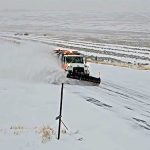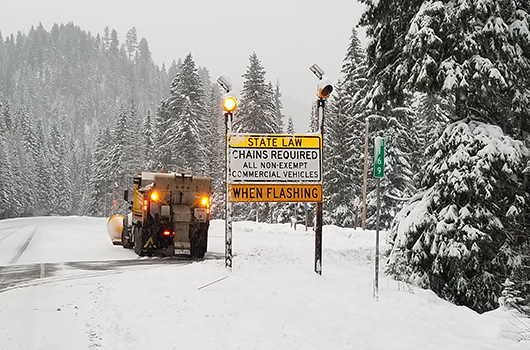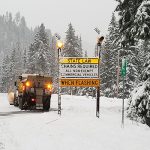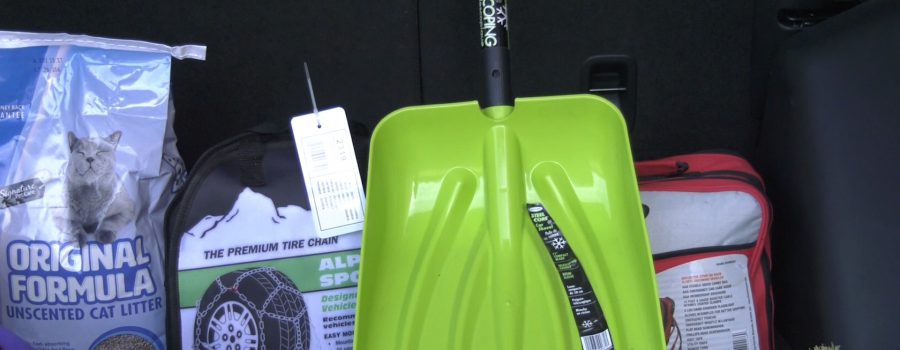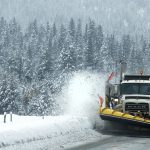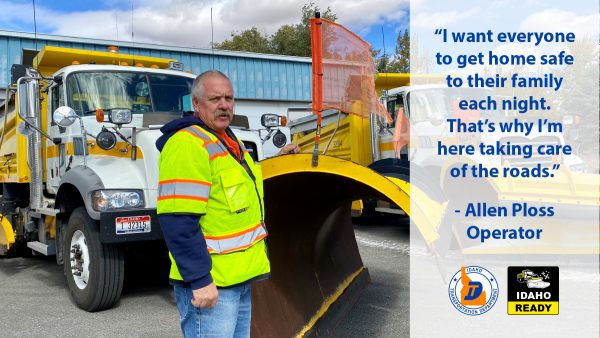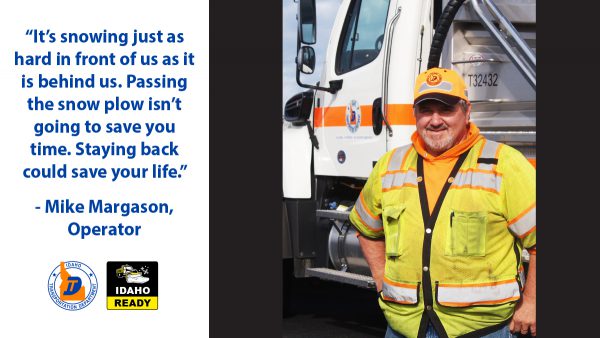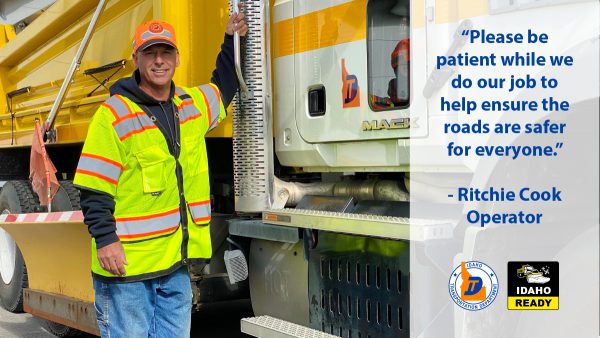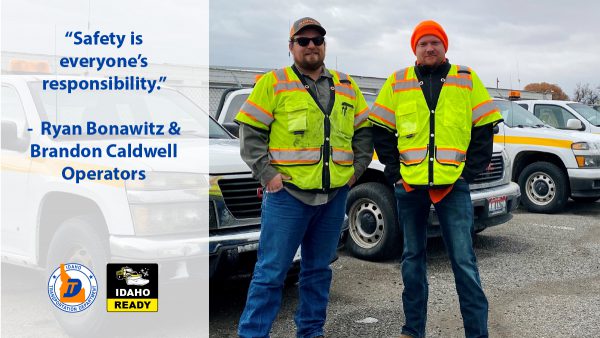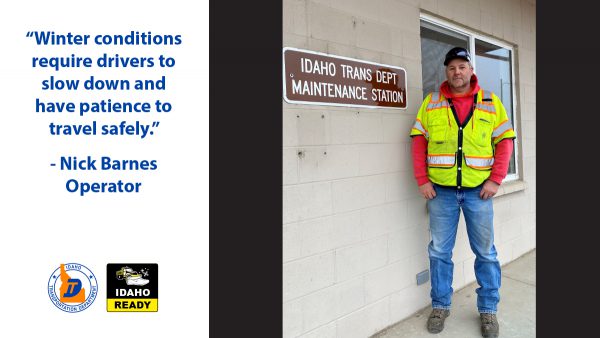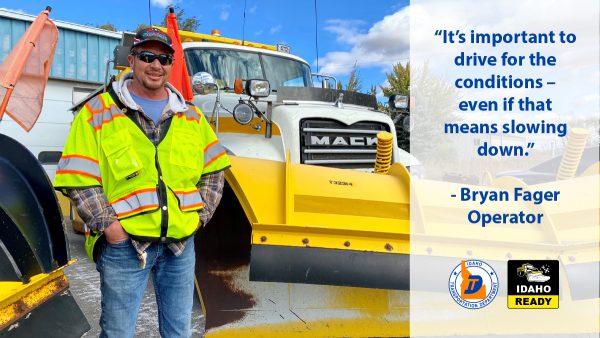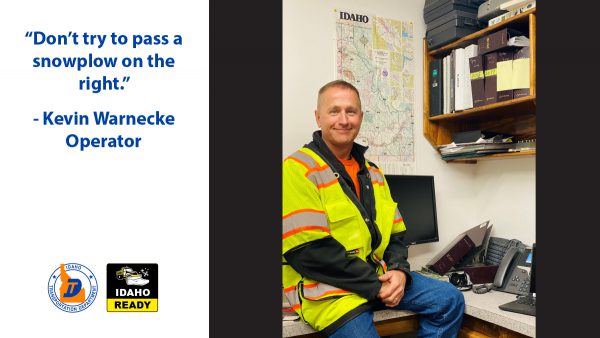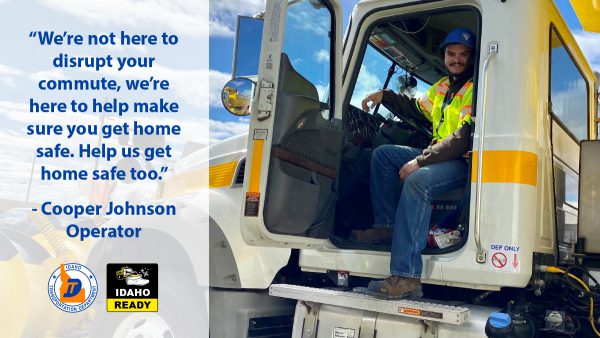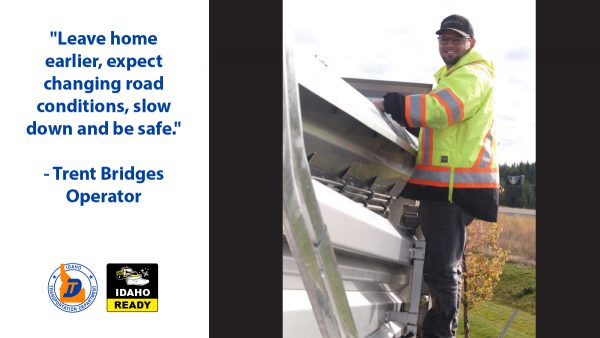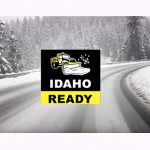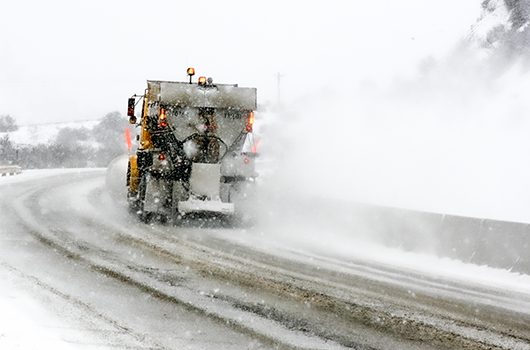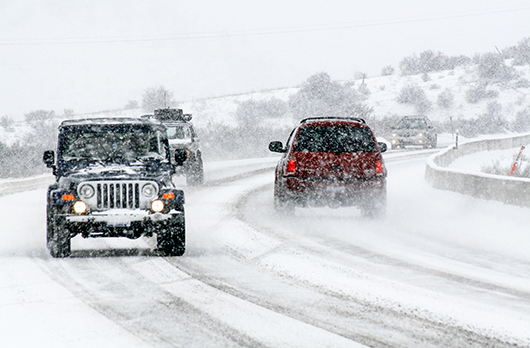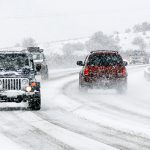ITD is on the job plowing snow: Here’s what you should know
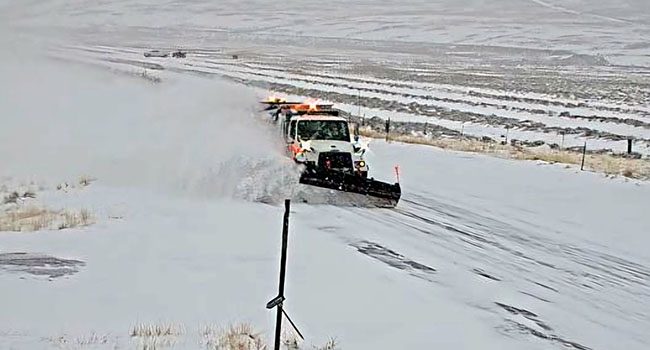
EAST IDAHO— With snowy conditions foreseeably here to stay, the Idaho Transportation Department is committed to keeping motorists safe. In eastern Idaho, maintenance crews are now working around the clock shifts from the Utah to Montana state lines as needed.
These 17 crews across eastern Idaho keep more than 4,300 lane miles of state highways and interstates as clear as possible all winter long. Plowing that amount of roadway means patience and caution from the public are important.
“We have high confidence in our plow teams,” ITD Operations Engineer Jeremie Pettingill said. “Winter driving does take some planning though. Slow down and be aware. Know that we’re prepared and doing the very best we can.”
ITD aims to keep roads bare 70% of the time during storms. The wind conditions in east Idaho often make that unrealistic and are the primary cause of road closures through the winter.
Closures are put in place only when conditions are unsafe. Roads are also only closed as long as necessary. Closures allow operators to be more efficient getting snow cleaned up, braving the elements as they do.
ITD reminds motorists across east Idaho to use common safe winter driving practices:
- Brush and scrape your windows before driving. Starting the defrost in your vehicle well before you leave is very helpful.
- Slow way down! Speed limits are based on ideal conditions and aren’t appropriate during winter weather.
- Maintain substantial distance between yourself and other drivers—don’t follow closely.
- Stay calm and don’t make sudden wheel movements in icy conditions.
- Don’t use cruise control in the winter.
- Obey posted road closure signs and lights—finding a back way to access closed roads is dangerous and delays plow work to get them re-opened! Remember roads are only closed for good reason. Unexpected traffic and crashes significantly delay getting the road re-opened.
- Keep a winter emergency kit in your vehicle with supplies like water, lights, warm clothes and blankets, etc.
- When you see plows, give them room to work. That means leaving plenty of following distance, not crowding them and letting them lead the way. Last winter, 17 plow strike occurred across Idaho, most often due to drivers attempting to pass.
- Know before you go by checking conditions at 511.idaho.gov or on the Idaho 511 app. Cameras can show you exactly what to expect on certain roadways, and conditions are updated multiple times a day.

